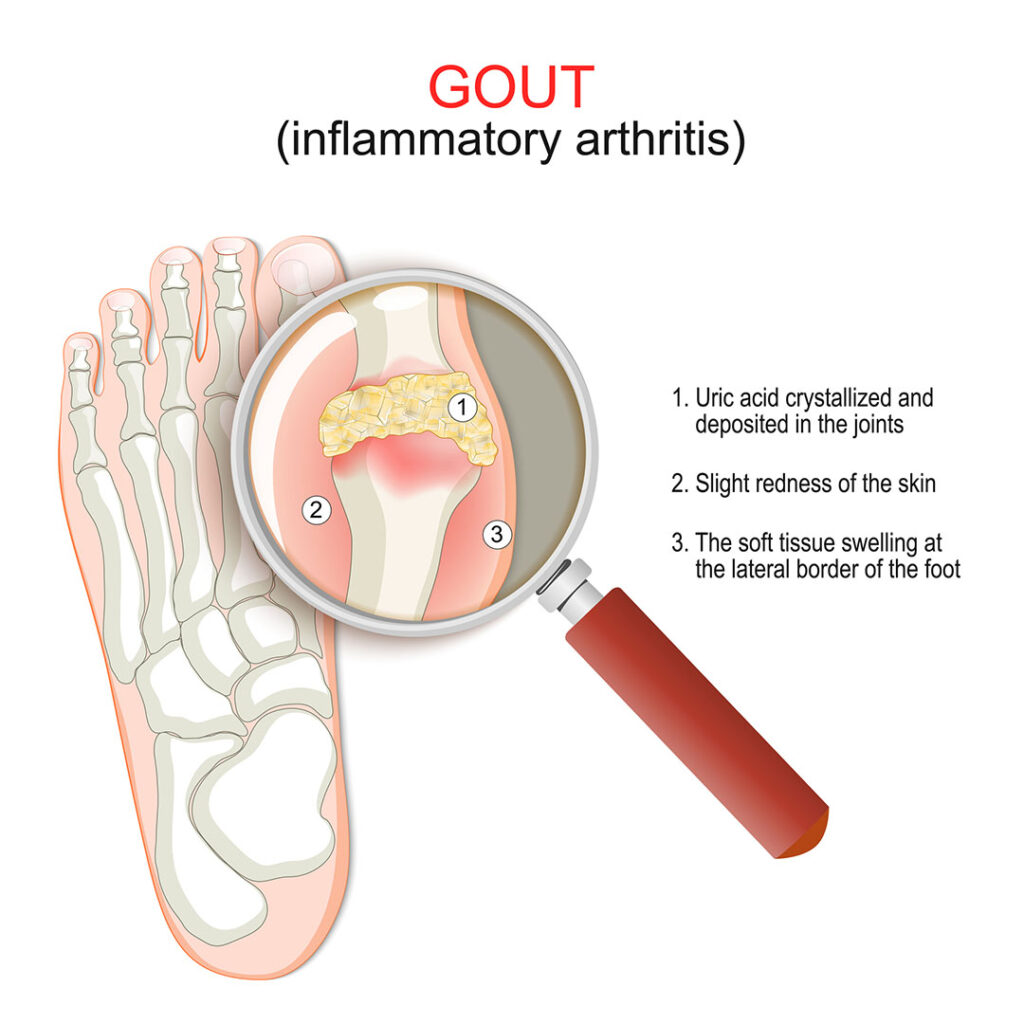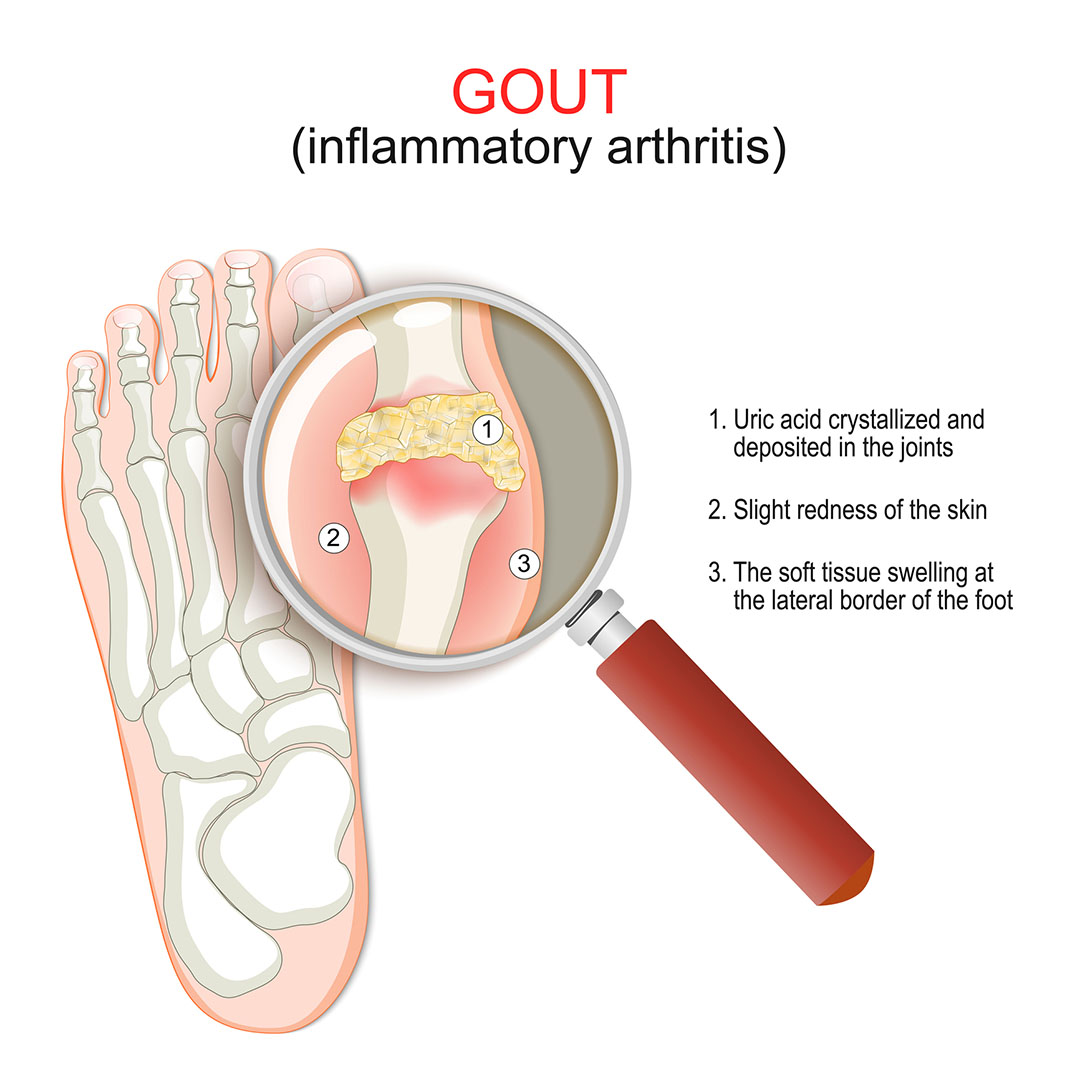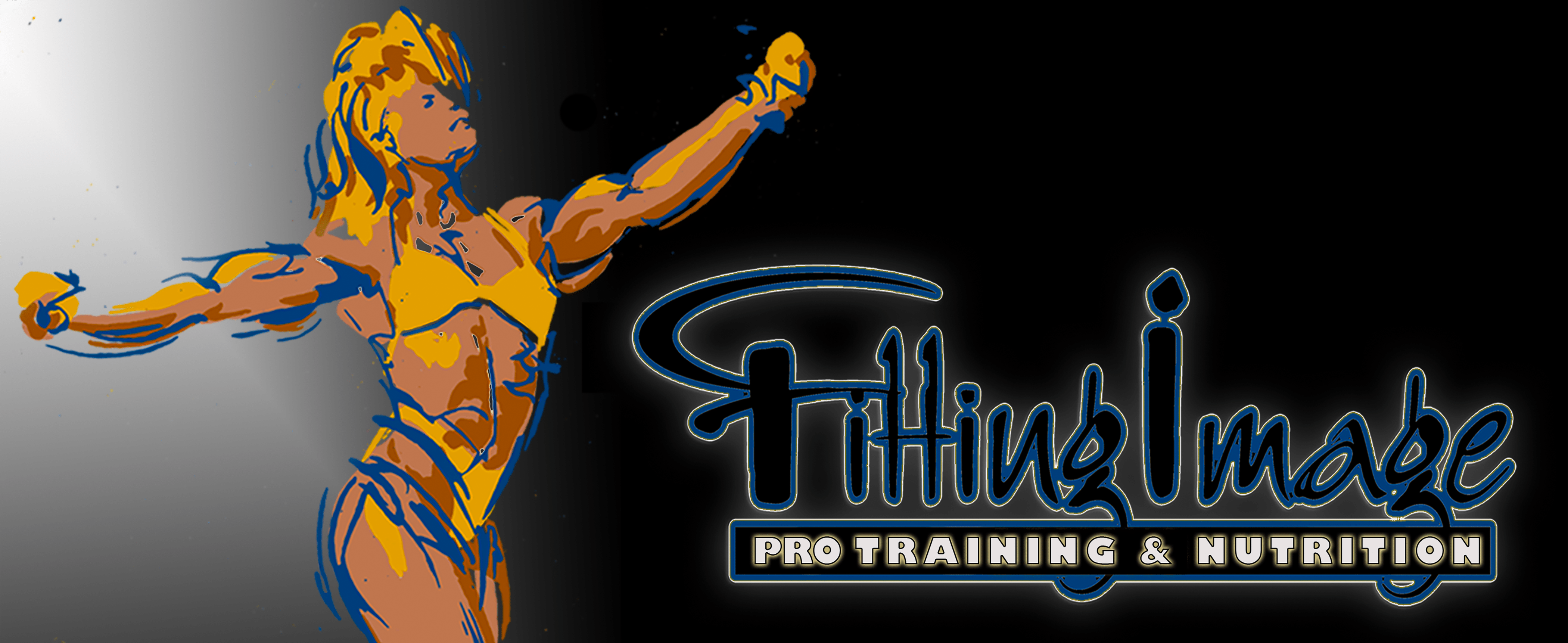
Could Your Healthy Diet Be Causing Joint Pain?
I never thought it was possible to eat a healthy, mostly keto diet and have my healthy diet cause joint pain. Until one morning when I woke up feeling such severe pain in my ankle and foot, I couldn’t walk. I had no clue what could be causing the pain until I went to see my doctor. He told me that I had Gout. What is it, I thought, and how could I possibly get it?
Gout is a type of inflammatory arthritis that develops when you have too much uric acid that builds up in your body, and causes joint pain. It turns out that diet is one of the most important factors when it comes to its severity. Foods that are high in purines result in gout symptoms and problems. And there are a lot of foods that we eat for bodybuilding and health that are on the list.
Purines that come from the foods you eat are broken down by your digestive system. Uric acid is created as a byproduct during this process. Your body then reabsorbs most of the uric acid, with the rest excreted, or passed from the body, in your urine and feces.
When purine levels are too high, your body is unable to fully process it. Uric acid then builds up in the blood. This hyperuricemia can happen on its own because of high-purine foods, but it also may be more likely if you eat these foods when you have certain underlying health conditions.
Besides the usual offenders like sugars, processed foods and alcohol, it turns out you have to be careful with red meat, organ meat, fish and seafood and even fruits and veggies.
Fruits high in sugar tend to increase uric acid in your blood. Be careful with bananas, mangoes, grapes, and any dried fruit.
Red meat and organ meat is what surprised me the most. Beef, bison, venison, liver and other organs can raise the risk of high uric acid and gout episodes. Even chicken has moderate purine levels and can cause issues with people prone to gout.
Fish and seafood are good sources of omega-3 fatty acids. And even though fish like tuna and salmon are considered healthy, they are high purine foods. Other fish and seafood to watch include halibut, mackerel, mussels, sardines, trout, and codfish. Shellfish seems to be okay on the low purine diet. Who knew my 3-day spicy tuna binge would be the cause of a severe gout bout!
Vegetables like asparagus, legumes, mushrooms, or beans should be consumed at a moderate level to keep your uric acid level neutral. They can be consumed twice a week with a serving equal to cup of vegetable in raw form and a half cup in cooked form.
Yeasts is another category that raises red flags. That includes soy sauces, canned soups and products, salty snacks and frozen dinners.
When it comes to good for you foods, tart cherries are said to be some of the best foods. High-Vitamin C foods like citrus, cherries, spinach, kale, broccoli, tomatoes are some of the best. Coffee, nuts and seeds are also great.
Staying hydrated is very important with gout. Water intake is directly related to uric acid levels. Researchers found that adequate water consumption in the 24-hour period before a gout flare was associated with a significant decrease in recurrent gout attacks.




